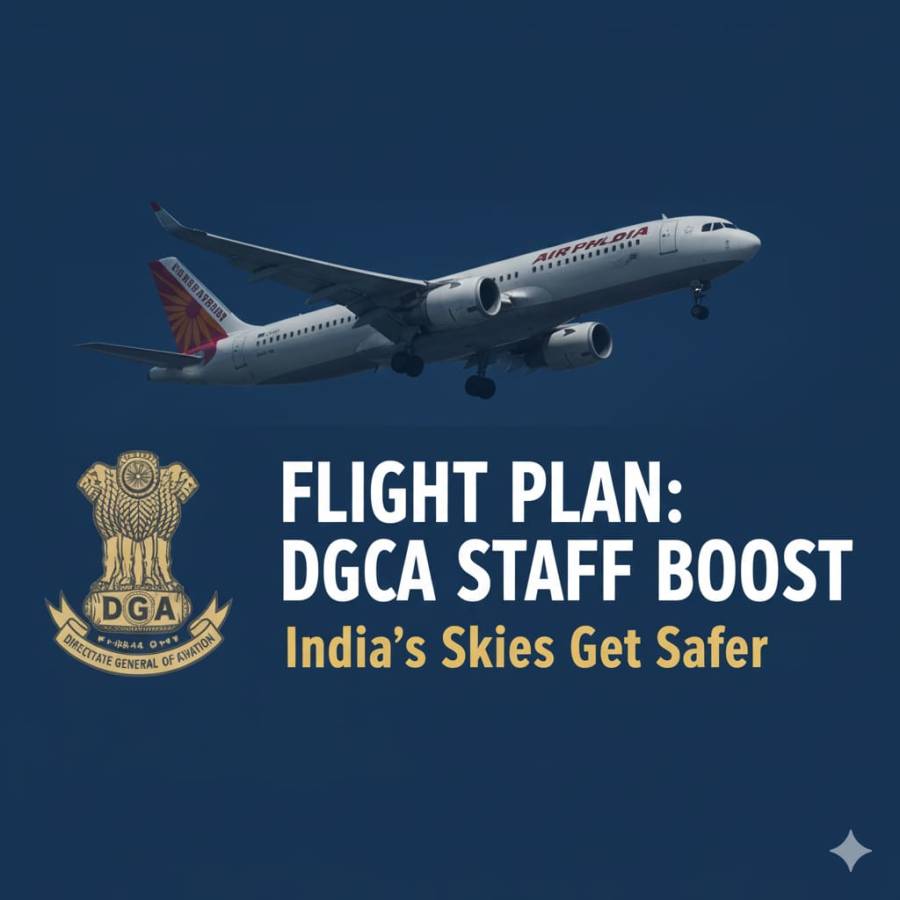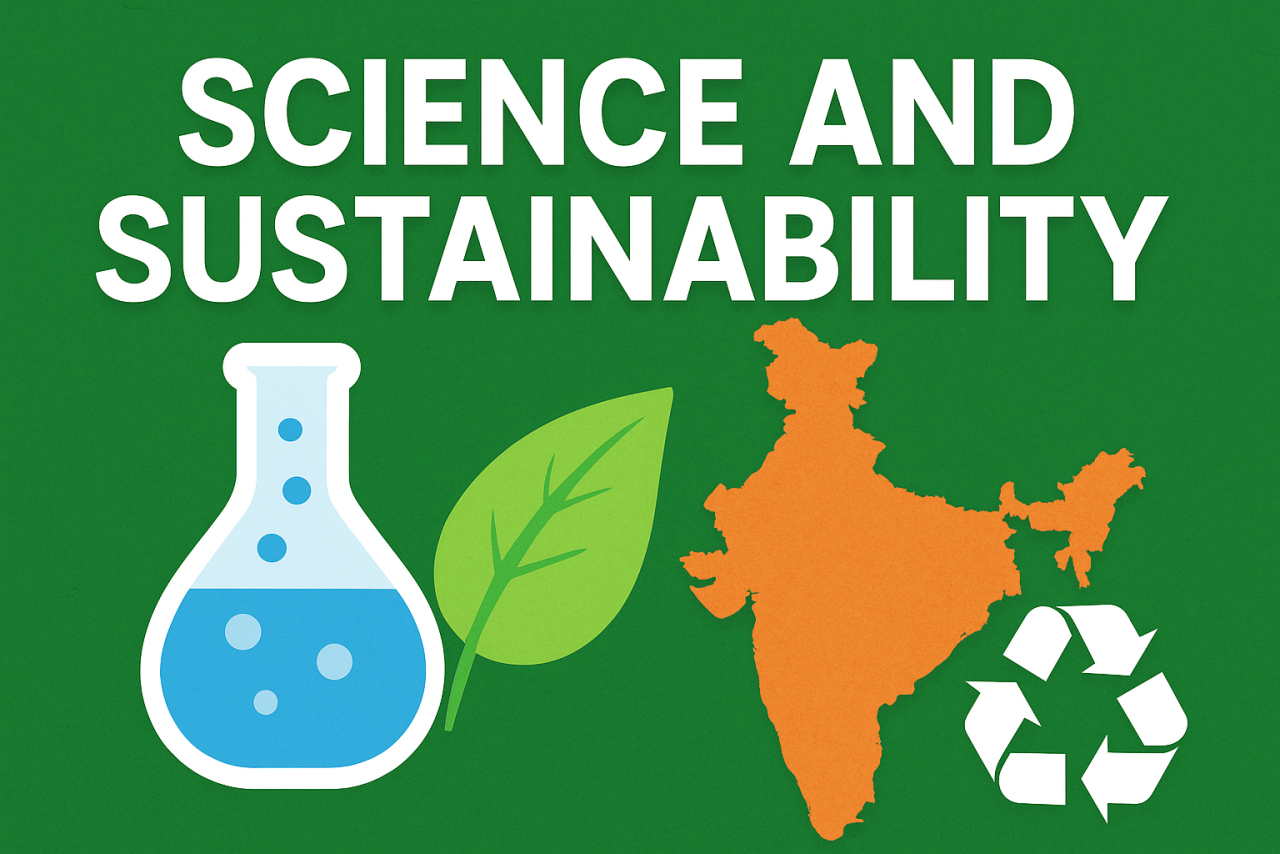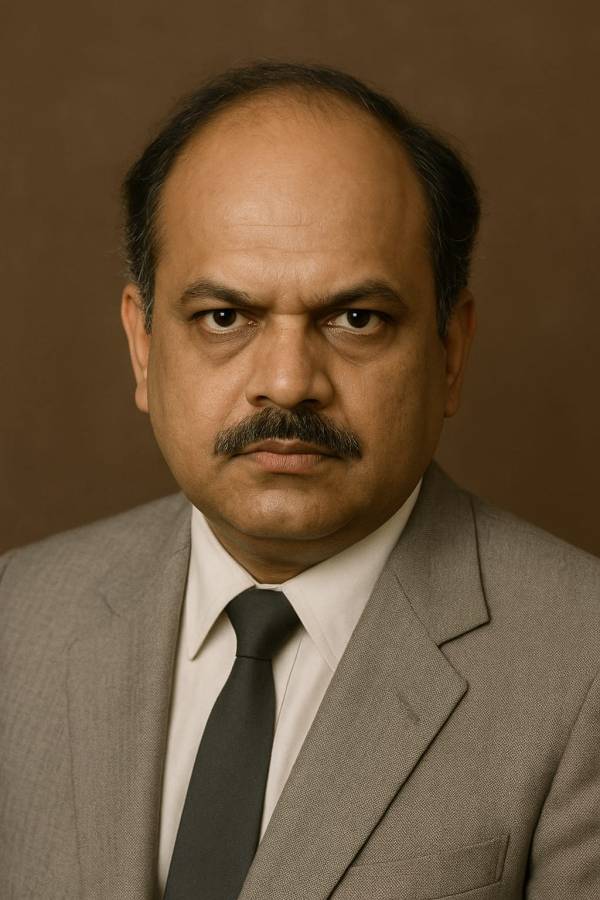
India’s civil aviation industry, one of the fastest-growing in the world, is soaring to new heights with a rapid rise in air traffic and fleet expansion. However, this remarkable growth has placed tremendous strain on the country’s aviation regulator, the Directorate General of Civil Aviation (DGCA). A long-standing shortage of qualified technical staff has been a major concern, one that the government is now addressing with decisive action.
In a landmark move, the Union Public Service Commission (UPSC) has selected 42 candidates for the post of Assistant Director (AD) of Operations. This large-scale recruitment, the first in four years, marks a vital step toward strengthening the DGCA’s core functions. For an industry that depends on robust oversight to ensure safety and efficiency, this development could not have come at a better time.
Strengthening the Regulatory Backbone
The DGCA plays a pivotal role in ensuring the safety, airworthiness, and operational compliance of all civil aviation activities in India. Yet, nearly 48 percent of its sanctioned technical posts were lying vacant until mid-2025. This shortage has put immense pressure on existing officers, especially in key divisions such as flight safety, airworthiness, and certification. The new appointments, expected to join by the end of November, are set to reinforce these crucial departments.
Recruiting skilled professionals for technical roles at the DGCA has always been challenging. The regulator competes directly with private airlines and maintenance firms that offer higher salaries and global exposure. The UPSC’s rigorous selection of 42 candidates, many of them industry-experienced pilots, engineers, and aviation specialists, reflects a deliberate effort to bring top-tier expertise into public service.
Civil Aviation Minister Mohan Naidu recently told Parliament that the government aims to recruit 190 personnel by the end of October, as part of a broader plan to rapidly enhance the DGCA’s operational strength. This hiring wave represents a structural upgrade to match the pace of India’s expanding aviation market, where the number of aircraft and routes is growing faster than ever before.
A Game-Changer for Aviation Professionals
The impact of this staffing boost extends far beyond the DGCA’s office walls. For aviation professionals across India, from pilots and engineers to safety managers and air traffic controllers, a fully staffed regulator means a stronger and more responsive system.
- Timely Oversight: With more inspectors and experts on board, airlines and maintenance organizations can expect faster audits, certifications, and clearances, reducing operational delays.
- Enhanced Safety Standards: A strengthened DGCA ensures stricter compliance with global norms, improving India’s safety ratings with international agencies such as the International Civil Aviation Organization (ICAO).
- Career Opportunities: The government’s commitment to large-scale recruitment could inspire experienced professionals from airlines and engineering backgrounds to transition into regulatory roles, bringing valuable field knowledge into governance.
Looking Ahead: A Safer, Smarter Sky
Officials describe this as "the first of many rounds" of hiring, with 150 more personnel expected to be recruited by the end of November. This signals a long-term policy focus on capacity building within the DGCA, a shift from reactive measures to sustained structural reform.
By investing in human capital, the government aims to ensure that regulatory capacity not only keeps pace with industry growth but anticipates it. The aviation sector’s credibility, after all, depends on the strength and integrity of its regulator.
India’s aviation industry is entering a defining decade. As more people take to the skies, the DGCA’s expanded workforce will be crucial in maintaining safety, efficiency, and global trust. The current recruitment drive is more than an administrative move; it represents a strategic realignment, ensuring that the country’s aviation ambitions rest on a foundation as strong as the skies it seeks to master.




















